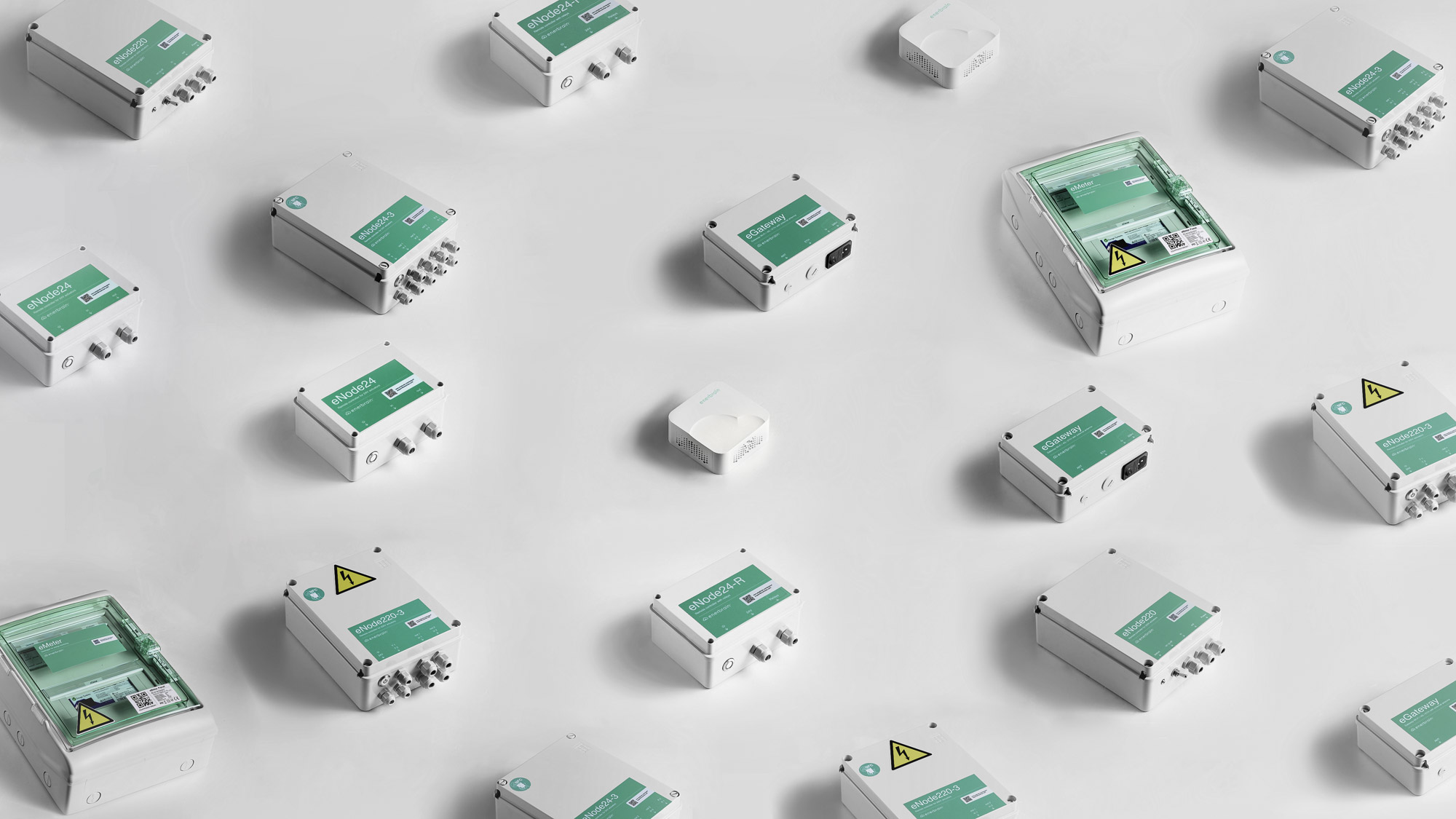Based in Northern Italy, Enerbrain’s solution combines Internet of Things (IoT) technology and Artificial Intelligence (AI) to radically optimise building energy efficiency, resulting in significant energy savings and higher indoor comfort levels. We spoke to Filippo Ferraris, International Sales Director at Enerbrain, to learn more about their solutions and plans for the Japanese market.

Can you tell us a bit about the company and its founders?
We wanted to contribute to creating a better world. Buildings are energy-hungry, accounting for 40% of the global energy consumption and roughly a third of global CO2 emissions. Moreover, they influence our well-being. With the vision to turn buildings into sustainable economic and social assets, we created the Enerbrain System. It currently allows 150 customers in Europe to reduce their CO2 emissions and energy bill by 20% or more, while increasing the comfort of occupants.
Enerbrain was co-founded by four people: Giuseppe Giordano (CEO); Francesca Freyria (R&D); Marco Martellacci (CSO); and myself, Filippo Ferraris (International Sales Director). Our backgrounds span the fields of architecture, sustainable design, business intelligence and environmental engineering. We grew from a four-person group in 2015 to a company with a dedicated team of around 50 energy experts, engineers, software developers, operation engineers, and data scientists committed to further growth and expansion.
How does your solution contribute to the Digitalisation and Decarbonisation of the energy sector?
Enerbrain’s core business tackles these two megatrends by providing a solution that turns energy-wasting buildings into smarter, healthier and more sustainable ones. Our solution allows for an average of 20% operational savings without drastic changes to the existing HVAC (Heating, Ventilation and Air Conditioning). It consists of four main components: environmental sensors called eSense; actuators called eNodes developed in-house; a data-processing algorithm hosted in a private cloud; and an app to easily visualise and control the system in real-time.
Thus, we provide a digitalisation opportunity for energy aggregators and utilities that are interested in data exchange. We also provide knowledge extraction for situation-aware user engagement and building performance assessment, and dedicated energy management services for energy efficiency optimisation in residential and service buildings.
What is your company’s proudest achievement to date?
Our greatest achievement is building a strong, committed team of over 50 people. We are also proud to be working with several important players across different markets, spanning supermarkets and shopping malls (Carrefour, Klepierre, etc), airports (Caselle Torino), manufacturers (FCA, Michelin, etc), utility companies (Iren, Edison, etc), and hospitals (GHU in Paris), amongst others.
Last but not least, we installed our solution in less than 5 weeks in 89 buildings in Turin, the city where our HQ is located. Through this, we achieved CO2 savings equivalent to planting 100,000 trees – the same amount if we doubled the city’s trees.
What specifically attracts you about the prospect of expanding to the Japanese market?
We believe our solution can truly support a paradigm shift towards a more sustainable society. Enerbrain can guarantee more than 90% of indoor comfort time for building occupants while significantly impacting CO2 emission reduction. Through our local branch, Enerbrain Japan, we have valuable insight into how the market moves and where it is going. We are currently prioritising a local approach and will look to scale up once we have achieved critical mass. In April 2021, Japan raised its target reduction of greenhouse gas emissions for 2030 from 26% to 46%. This means there has never been a better time for a solution like ours.
How will your solution/product help advance the Japanese energy sector?
In Japan, due to the recent trends in electrification (electric vehicles instead of gasoline, electric heat pumps instead of gas heating systems for buildings, etc), there will be an enormous increase in electricity demand and energy production from renewables, with the disadvantage of unpredictable energy production and overloads in the distribution network. The best way to ease this transition is to reduce the building energy use while enabling Demand Side Management to better manage demand, production from renewables, and distribution.
We are currently working on an innovative solution in this area called Spike, through which we will implement the concept of Energy as a Service. Spike (Sustainable Plug&Play IoT Kit for Energy) is a service to monitor the status of the renewable generation asset, coordinate production and consumption, forecast demand & supply, and manage energy trading at the district/community level by saving energy and guaranteeing high indoor comfort in buildings. This would be a perfect solution for Japanese cities that need to improve the management of their old electrical infrastructure. Thanks to our AI algorithms and IoT devices, Spike can manage energy flows in single buildings and within entire urban districts, connecting residential and non-residential buildings, allowing to easily build a Virtual Power Plant at the urban level.

